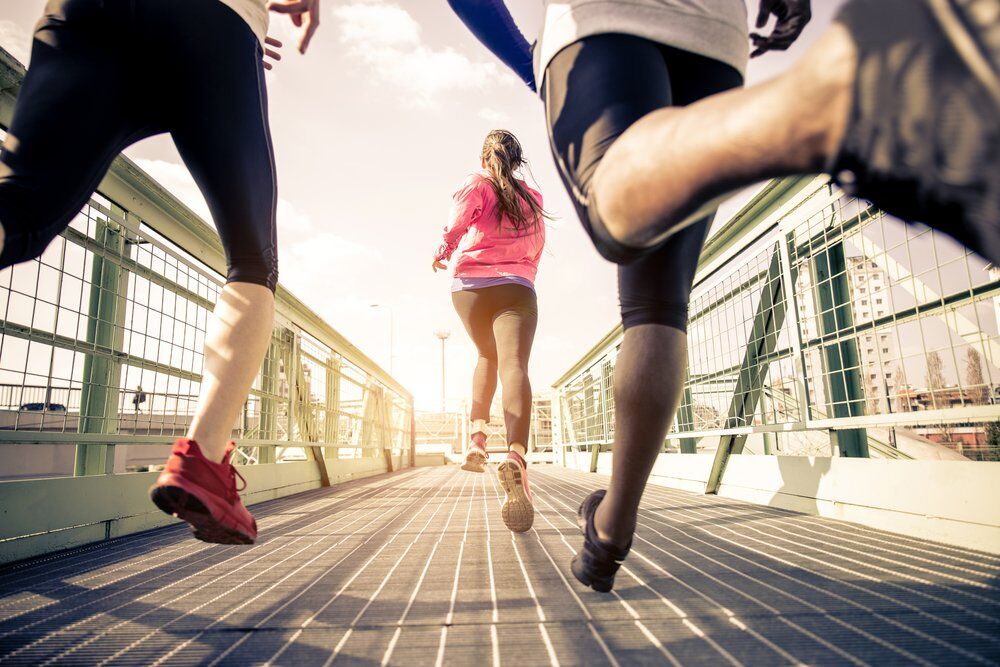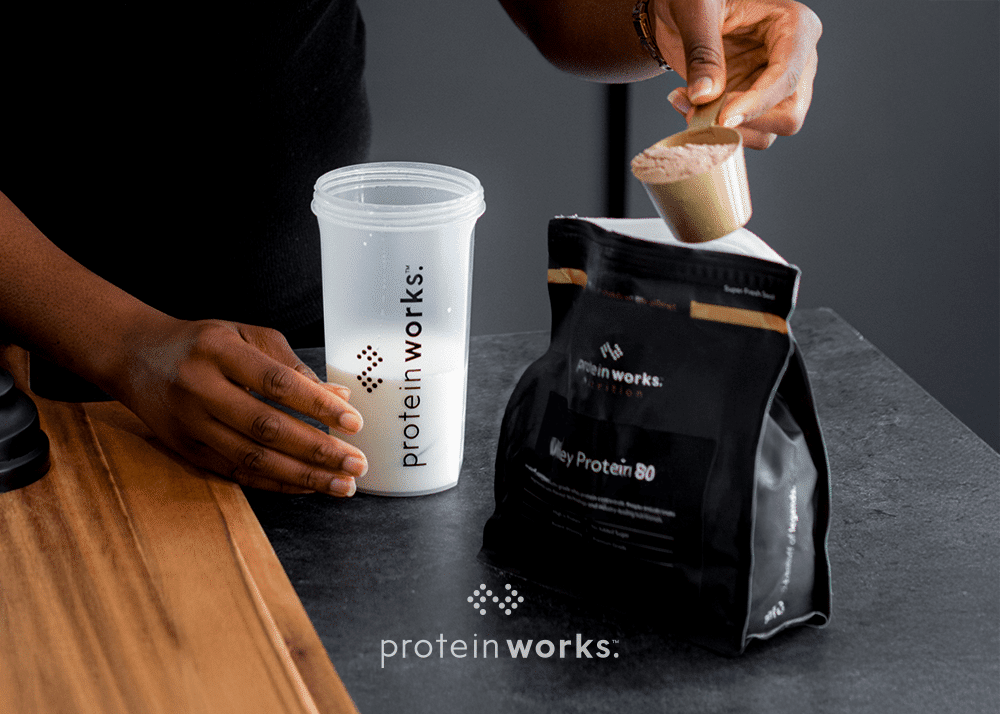
Are Your Shoes Holding You Back?
A fancy new pair of running shoes can be a real motivator for some people. Investing in your fitness can give you that first push to start your fitness journey. Absorbing shock when you run is a must when it comes to protecting your joints. Feeling like you’re running on air will also mean that you’ll be able recover fast enough for your next session.
But those absorbative properties of your shoes could be holding you back elsewhere – namely in your resistance training.
You Want The Force To Be With You, Not Your Shoe
 Moves like squats, leg presses and deadlifts place huge emphasis on explosive power directed straight through the floor. You may have already come across tips such as ‘spreading the floor’ with your feet and really pushing through your heels.
Moves like squats, leg presses and deadlifts place huge emphasis on explosive power directed straight through the floor. You may have already come across tips such as ‘spreading the floor’ with your feet and really pushing through your heels.But if you’re wearing tennis, running or any other similar shoe – some of your explosive power you’re trying to use to lift weight will be absorbed by your shoe.
This means you may not be achieving your potential in terms of what you’re actually lifting off the floor.
Even for moves like overhead presses bench presses a certain degree of bracing power can be leveraged through your feet even though they’re very upper body focussed. When you’re really trying to go for the big numbers, not wasting energy is really important.
So How Do We Fix It?
So am I suggesting you go out and buy a pair of weightlifting shoes?
Nope! On your big lifts such as deadlifts and squats, your best course of action generallt is to just take off your shoes entirely.
You may have to drop the weight when you’re first trying this simply because your height will be altered by not having the same lift from your shoes. This will alter your range of motion.
 However, when you’re used to the new movement path, you’ll find that pushing through on a much more stable surface could make the difference between achieving your next PR sooner rather than later.
However, when you’re used to the new movement path, you’ll find that pushing through on a much more stable surface could make the difference between achieving your next PR sooner rather than later.Once you’re done with your big lifts? Just pop your shoes back on. Box jumps, cardio intervals and other similar movement will need the shock absorption. Gym etiquette has nothing against taking shoes off in a weightlifting environment as long as you clean up any sweaty marks afterwards and put your shoes back on once you’re done barefoot.
As for accessory movements like bicep curls? Your shoes here probably aren’t making much difference, especially if you’re seated.
Training & Shoes Checklist
1. Remove your non-weightlifting shoes for lifts where explosive power through the feet is a key factor, or where better stability could help you lift more.
2. Pop your shoes back on after these movements – and wipe the floor if you’ve left sweaty feet marks!
3. Keep an eye on the wear and tear of your shoes if you do cardio regularly, as with time less shock will be absorbed by the sole.
4. Keep an eye upon whether you have a tendency to instep or roll your feet when walking or lifting to maintain safe form on all exercises.
5. Potentially consider purchasing weightlifting shoes if you feel it is necessary.






No Comments yet!